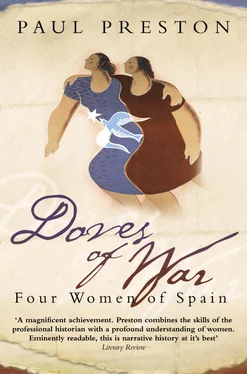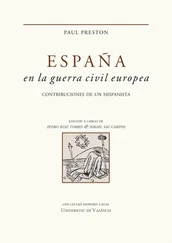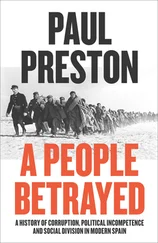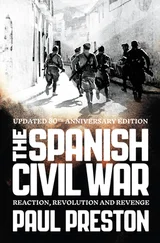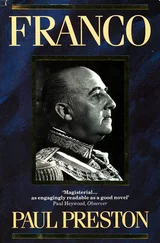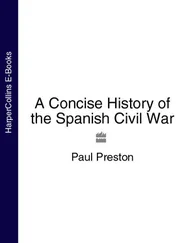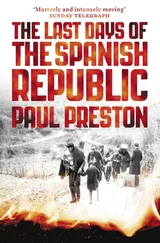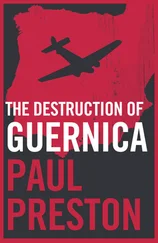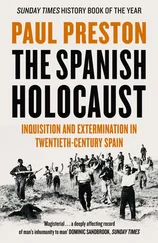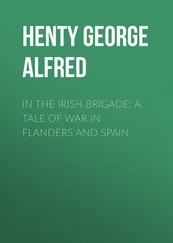José Luis claims that, during a ball given at Dean Castle, while Pip was asleep on a sofa elsewhere, he passed a night of passion with Lady Audrey Fairfax, the wife of Admiral Sir Rupert Fairfax. Pip’s sister Gaenor pointed out that there were no balls held in Dean Castle in 1946. After they left Scotland, the couple spent several weeks in London, staying at the Mandeville Hotel. While there, José Luis maintained the social life to which he was accustomed by accepting large sums of money from Pip. Given that this situation could not be sustained, that José Luis had no way of earning a living in Britain and that Pip’s health required a warm climate, he proposed that they emigrate to Argentina. 176
Tommy Howard de Walden owned a small shipping line, the South America Saint Line. In consequence, his son, Pip’s brother John, was able to arrange a passage for Pip and José Luis to Argentina. He also arranged for there to be two medical men, Dr W. L. Roche and Dr W. D. Mulvey, and a nurse aboard. The ship, the SS Saint-Merriel , set sail from Liverpool for Buenos Aires via Las Palmas and Rio de Janeiro. Pip’s labour started before the ship had reached the Canary Islands. The medical staff turned out to be of little help, since one doctor was in fact a dental specialist and the other an ophthalmologist. The nurse, who bore a remarkable resemblance to the young Margaret Rutherford, managed to break her leg just before Pip went into labour. Her son John was born at sea on 22 June 1946. It was a difficult birth and Pip was in danger of losing her life. An attractive fellow passenger, a fashion designer called Esterre ‘Terry’ Erland, helped with the labour. When the ship reached Las Palmas, there was a christening at which Terry Erland became John’s godmother. His godfather was, thanks to Margot van Raalte and by the proxy of the ship’s captain, Don Juan de Borbón. When the ship reached Bahia in Brazil, while Pip lay still convalescing on board, José Luis claims that he went ashore and slept with Terry Erland. José Luis made no secret of this and, for Pip, suffering a degree of postnatal depression, the effect was devastating. Even if she had not done so in Portugal, before reaching Argentina, she realised that she had made a dreadful mistake and that Prince and Princess Orléans-Borbón had been right about José Luis. However, with her boundless optimism, she determined to make the best of the marriage. 177
During the sea voyage to Argentina, José Luis met a retired Hungarian cavalry officer, Count Laszlo Graffy, who was planning to breed and train horses on the pampas. He persuaded Pip that they should become the Count’s partners in the enterprise. On reaching Argentina, at first their expenses were met by the agent of Lord Howard’s shipping line. They acquired a flat in Buenos Aires, were able to buy land on the pampas for their stables and riding school, install a prefabricated house and buy a car. They suffered considerable privation since Pip could gain no immediate access to either her own funds or the help of her family since money could not be sent out of England until she had established herself as a British resident abroad. She had very little money and José Luis had none, since his family were outraged by the manner of his marriage and had effectively cut him off.
Since José Luis was repelled by the thought of childcare and Pip could not cope with John’s crying, they left him with a series of nurses. Their own experience of parenting hardly prepared them for any other response. Moreover, their own relationship was in increasing difficulty. 178 José Luis, in his memoirs, asserts that when he made love to her, he could not disguise his indifference. Nevertheless, she was soon pregnant again. They hardly spoke to each other. José Luis claimed that he abhorred his son (although photographic evidence suggests otherwise) and spent ever more time in Buenos Aires. 179 Pip’s skill with horses contributed greatly to the initial success of the business at Los Cardales where she worked with Graffy and the various Hungarian and Polish cavalry officers employed at the stables. However, money was so tight that, in an effort to make ends meet, Pip went into partnership with Terry Erland to open a fashion-design business and dress shop under the name Susan Scott Designs. 180
Tommy Howard de Walden died on 6 November 1946. Because he had not made prior arrangements, the amounts that he left to his daughters were severely diminished by death duties. 181 Pip was to be left £50,000 – a considerable amount of money in 1946, about £1 million in 2001 terms – but it was tied up in the family estates. In any case, postwar austerity restrictions on capital movements prevented it being taken out of the country. Tommy did, moreover, leave Pip his studio in Cadogan Lane. Because, when the news arrived, Pip was suffering a difficult pregnancy and had been ordered by her gynaecologist to rest, José Luis went to London alone in the early summer of 1947 to wind up the estate. He stayed with Margot Howard de Walden at her house in Welbeck Street and soon established a warm friendship with a bisexual Austrian aristocrat called Count Boisy Rex. Boisy vaguely knew the family because his elder sister, Countess Marie Louise Rex, was married to the father-in-law of Pip’s cousin, Charmian Russell (née van Raalte). José Luis used the impoverished Boisy as a cicerone to the gastronomic, sartorial and erotic delights of postwar London. Needless to say, he did not stint himself. After the reading of Tommy Howard de Walden’s will, the cornucopia that was the studio in Cadogan Lane lay at the mercy of José Luis and Boisy. The house contained a wealth of modern art although some were fakes and the collection may not have included the Max Ernst, Braque, Otto Dix, Rothko and Jackson Pollock canvases, Hogarth and Picasso drawings and Rodin sculptures ‘remembered’ by José Luis. José Luis did not hesitate to move into the house with Count Rex nor, with his help, to sell off paintings in order to finance the rebuilding of his wardrobe. Given his vocation as a dandy, this proved to be a fabulously expensive endeavour. 182
Since there was no detailed inventory of the contents of the Cadogan Lane house, there was little or no control over what José Luis was able to sell. He lived, as he put it, ‘without restraint’ (‘ desenfrenadamente’). Eagerly encouraged by Boisy, he escaped the austerity of postwar London and together they wallowed in delights available only to those with unlimited supplies of ready cash – restaurants supplied by the black market, clandestine gambling dens, nightclubs that never closed, and women. He claims that one of Lord Howard’s drawings went to pay one year’s rent on a furnished flat in Piccadilly for one of his lovers – a famous popular singer. Another paid for him to spend some time in Madrid and Barcelona where he stayed in the best hotels and replicated his London hedonism. While in Barcelona, he received a telegram informing him that Pip had given birth to a daughter. Born on 6 August 1947, she was called Susanna Carmen (for José Luis’s mother), Margarita (for Pip’s mother) and Beatriz (for Princess Bea). He returned to Buenos Aires via London. Before leaving, José Luis claims to have given Boisy Rex a priceless painting by Max Ernst the proceeds from which he used to establish himself in the world of greyhound racing. José Luis did give John Scott Ellis an umbrella which John immediately spotted as having belonged to Tommy. It was a small compensation for the fact that John had to meet the considerable debts left by José Luis. 183
In José Luis’s absence, Pip had tried to recapture his love by preparing an environment in which he could pursue his dream of writing. This took – he says – the form of three railway carriages – two sleeper cars and a restaurant car. One of the sleepers had two large rooms and a bathroom; the restaurant car became a kitchen and dining-room, the other sleeper was left as it was. To facilitate José Luis’s writing, a magnificent study was prepared and a young Italian woman, Lucy Babacci, contracted to be his secretary. In no time at all, he says, she was his lover. He insinuates that this was with the complicity of Pip who, after her recent labour, had no desire for sexual relations. Little of this coincides with what Pip told her sister. 184 While José Luis philandered and wrote, Pip threw herself into looking after the horses, her dress shop and, to a lesser extent, the upbringing of the children. The dress and fashion business worked well until Terry Erland decided to return to Europe in 1949. The financial difficulties were exacerbated in 1950 by a decree that obliged companies to employ three Argentines for every foreigner. It signalled ruin for the stables. The business was sold to Colonel Graffy and, on the insistence of José Luis, they moved to Paris since neither he nor Pip wanted to live in London or Barcelona. 185
Читать дальше
